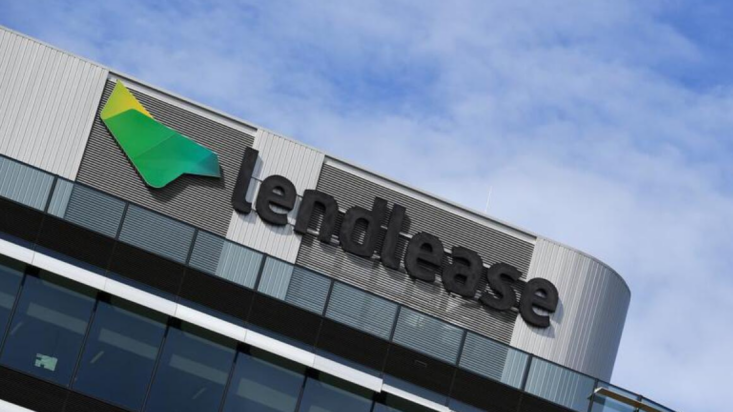HMC Capital envisions rebuild for ‘underperforming’ icon, Lendlease (ASX:LLC)
Australian real estate and construction conglomerate Lendlease (ASX:LLC) has a remarkable record for disappointing its shareholders over the past 30 years, but the iconic Australian company’s rich history and strong fundamentals present a significant value opportunity according to HMC Capital.
A lot needs to change for Lendlease to turn the corner, however, with HMC making clear the steps required to turn the ship around in a recent note to investors.
Over the last three decades, HMC notes, Lendlease has been “one of the most disappointing companies on the ASX” based on shareholder returns, HMC believes. Lendlease’s total shareholder return (TSR) data is bleak over any period (refer chart), but the most eye-watering data point is that Lendlease is the fifth-worst performing company in the entire ASX over the last 30 years with a 188 per cent TSR.
For comparison, the accumulation index over that 30 year period for the ASX is 1,290 per cent.
Trimming the fat
Lendlease’s failure to consistently achieve return targets boils down to strategic failures in its capital allocation, HMC believes, which can only be remedied by a dramatic reduction in the quantum of businesses it owns and a radical shift in the way it deploys funds.

“We attribute LLC’s poor shareholder returns over this period to suboptimal capital allocation and the company’s overly complex and diversified conglomerate business model.”
HMC, which recently unveiled a 4 per cent stake in Lendlease, believes the company’s roadmap to redemption involves selling low return-on-investment and low-multiple investments including its Residential Communities, Retirement Living, Military Housing and Ardor Gardens (China) ventures.
Trim the fat by excising the more speculative ventures, in other words, and focus on markets where Lendlease has real competitive advantages and scale to leverage.
“Potential asset sales we have identified could realise up to $2.6 billion of proceeds and reduce exposure to low multiple and low return on equity investments,” the note states. “We believe LLC should be decisive and focused in executing asset sales in order to de-lever the balance sheet and avoid another dilutive equity capital raising.”
Those sales should happen within 12 months, as should a thorough resetting of targets to more sustainable levels. Within that same timeframe, HMC says, Lendlease needs to exit non-core markets in Asia and Europe and right-size its cost base.
These steps will not only reduce costs and capital misallocation but allow Lendlease to focus on what it does best – large scale urban projects.
Leaner, more efficient structure
By focussing on its core business, Lendlease can potentially lift its stock price – hovering around $8.24 in mid-August – to between $14.90 and $16.60, HMC believes.
By de-levering the balance sheet and recycling capital from non-core businesses and assets, Lendlease can both shed the underperforming assets that are crimping its shareholder returns and invest in the ones that make a more attractive return on investment.
The signs are already there that the company is committed to a more efficient structure.
The company is in the middle of a five year strategic reset (2021 – 2026) under CEO Tony Lombardo, who in July this year announced it would cut 10 per cent of its workforce (around 740 staff) to trim $80 to $100 million in costs.
Shortly after taking the reigns in 2021, Lombardo cited a desire for a “leaner structure” in the business when he initially shed 400 jobs to save $170 million.











